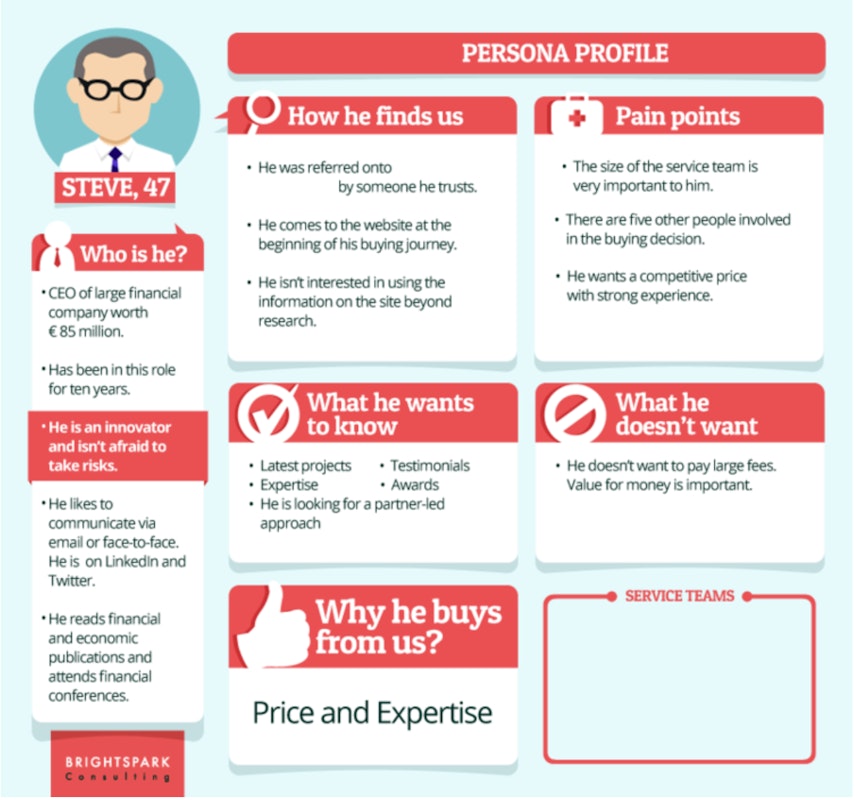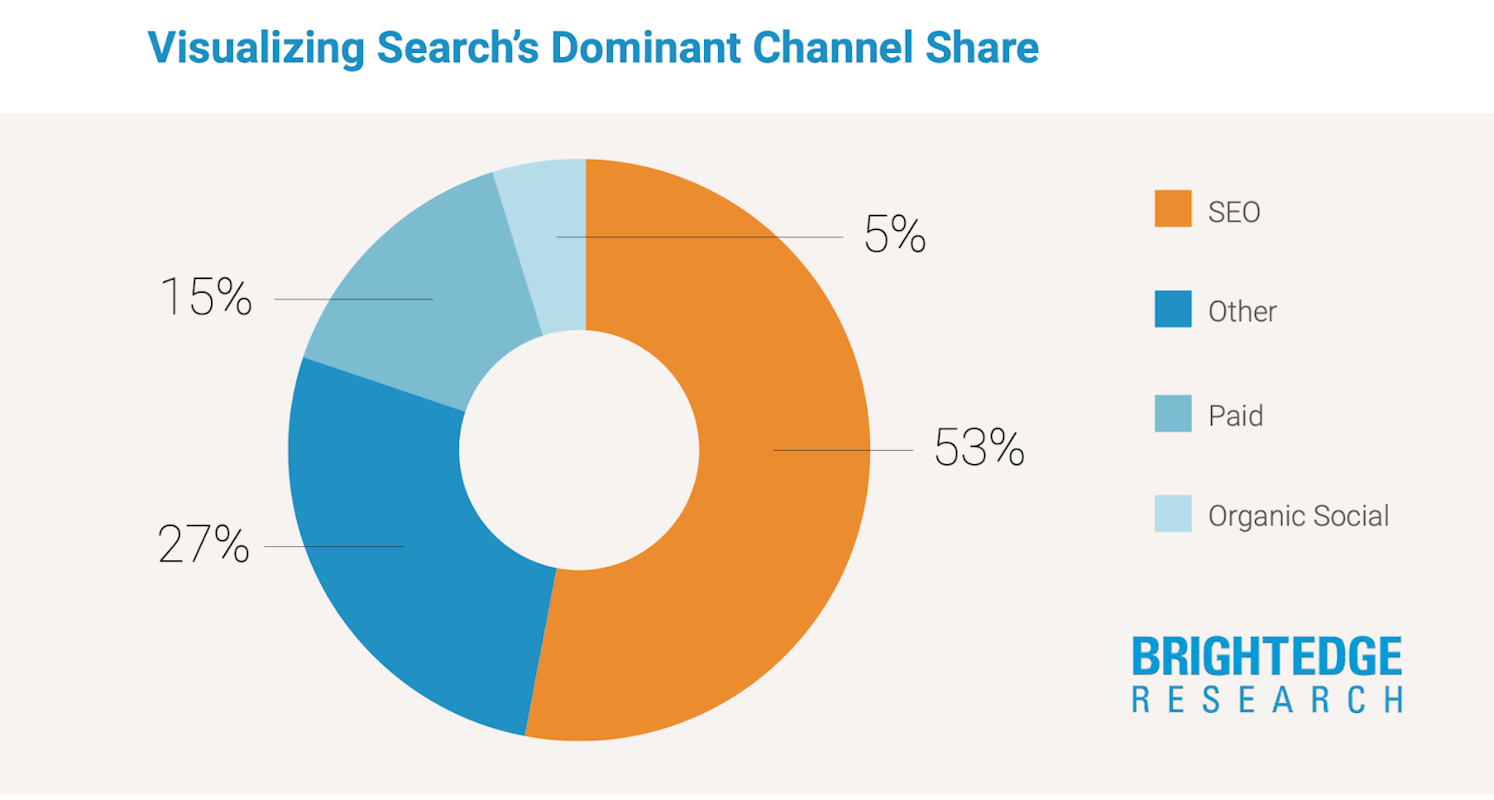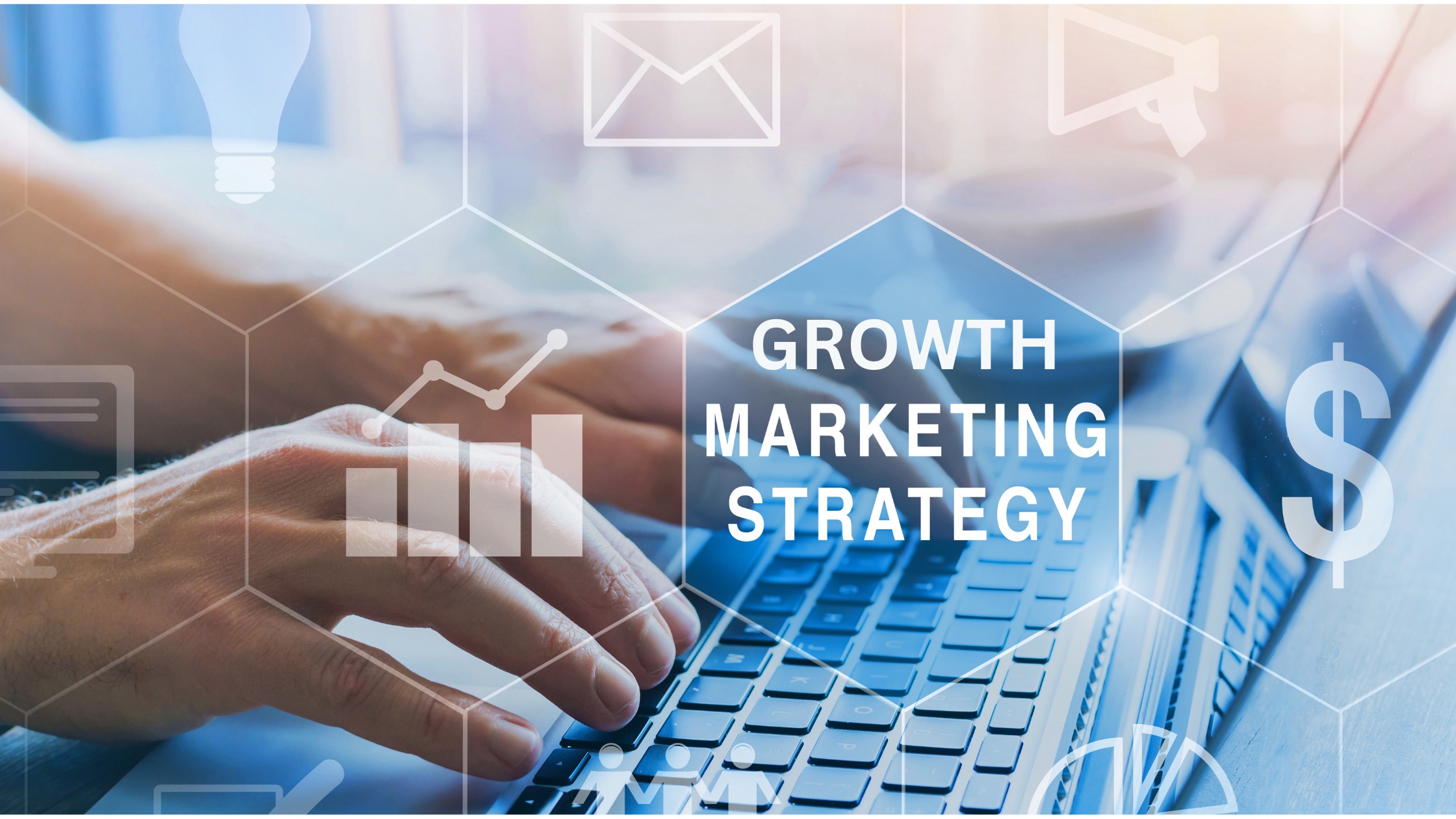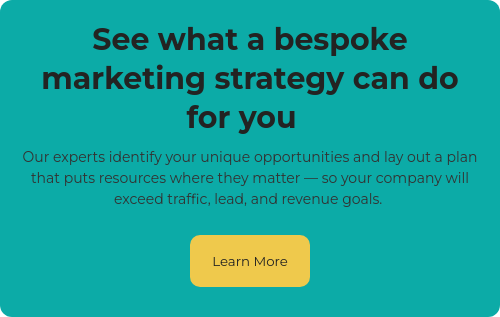In today’s competitive digital landscape, sustainable business growth requires a top-tier growth marketing strategy. Thankfully, harnessing data-driven strategies is easier than ever before, allowing you to target and test with evidence-based precision.
At First Page Strategy, we know just how robust and comprehensive growth marketing is, so today, we’ll trim the fat for you. In this blog post, we will reveal our five non-negotiables for scaling your growth marketing strategy so your business can get growing.
With detailed buyer personas, solid SEO and UX, a priority keyword list, relevant and consistent CTAs, and intentional promotion of your content, you can say goodbye to the “wish and a prayer” element of your growth marketing efforts in the past.
1. Well-Developed Personas
There’s nothing more frustrating than acquiring numerous leads only to discover they’re unqualified. Thankfully, growth marketing emphasizes quality over quantity. Today’s data-rich tactics allow you to zero in on your target audience like never before by developing detailed buyer personas.

Buyer personas are fictional representations you develop based on your ideal customers. Research, done through surveys, interviews, and data analysis, ensures your personas are based on real insights, not assumptions. Buyer personas allow you to understand your audience’s pain points, motivations, preferences, and behaviors.
With well-defined personas, you can curate your entire growth marketing strategy around your target buyer as they move through each stage of the marketing funnel, knowing that your growth marketing efforts are relevant and effective in reaching and engaging your intended audience.
Your personas can also help determine the most effective marketing channels, campaigns, and messaging for reach. In fact, companies that use personas to influence their marketing strategies see 73% higher conversion rates than those that don’t.
To move beyond experimenting with growth marketing, and implement a real growth marketing strategy, developing target personas is essential. Start collecting and analyzing data from your customers today – you can try a free buyer persona template too.
2. Solid Technical SEO and UX
In the digital age, your website is the backbone of your online presence. No one can appreciate what you have to offer if your website is difficult to find or frustrating to navigate.
Technical SEO plays a crucial role in growth marketing — the technical elements of your website (URL structure, meta tags, header tags, XML sitemaps) are the language through which the algorithm interprets and understands your website.
By following search engine guidelines, you please the algorithm, and in turn, Google favors your content — meaning your website can rank higher on the search engine results pages (SERPs). It's been found that 53.3% of total website traffic comes from organic search alone, making SEO truly non-negotiable for your growth marketing strategy.
However, technical SEO is not the only element of a successful website — user experience (UX) is equally important. UX refers to how visitors interact with your website, including factors such as site speed, navigation, mobile-friendliness, and design. Well-designed UX intuitively guides users through your site to their desired destination, whether that’s engaging with content, signing up for a newsletter, or making a purchase.
A positive website experience means they are more likely to stay longer, engage more, and ultimately convert. In fact, better UX design can boost conversions by up to 400%. Therefore, a website that is SEO-friendly and offers a seamless user experience is crucial for scaling your growth marketing efforts, as it improves your website’s visibility, usability, and credibility, which leads to higher organic traffic, engagement, and conversions.
Remember, your website is the gateway to your business in the digital era. A well-optimized and user-friendly website is a must. If you’d like to improve your technical SEO today, take a look at our 34-Step SEO Audit Checklist.
3. A Carefully Constructed Keyword List
Optimizing your website for search engines requires a strategic approach that effectively engages with both human users and the algorithms that power search engines. Keywords are the foundation of SEO and play an integral role in your growth marketing strategy. To scale your growth marketing efforts, developing a priority keyword list based on your personas is a must.
A priority keyword list is a curated list of keywords that are strategically chosen based on their relevance to your target audience, alignment with your business goals, and their ability to help search engines understand the content of your web pages.
By focusing on keywords that are relevant to your target audience, have high search volume and low competition, and align with your overall content strategy, you strategically impact search engine visibility, organic traffic, and lead generation.
It’s important to stay proactive with your SEO strategy as algorithms update, user behavior shifts, and competitors leverage new tactics. Be sure to regularly review your keyword strategy and make adjustments as needed.
Remember, growth marketing requires experimentation based on analytics, not guesswork. Tools such as Google Keyword Planner, Semrush, or Moz can help you identify the best keywords for your growth marketing strategy today. SEO drives 1000%+ more organic traffic than social media, so keyword optimization will be well worth your efforts.

4. Relevant CTAs Designed for Your Audience
Even with a fully optimized website and content strategy targeting the right consumers, to truly scale your growth marketing efforts, your customers must be prompted to take action.
Whether you want your leads to sign up for a newsletter, download a new lead gen piece, or make a purchase, strategically placed call-to-actions (CTAs) throughout your content is critical in guiding your website visitors toward the desired actions. Your CTAs should be non-obnoxious, useful, and compelling. They should clearly communicate the value proposition of the action while motivating visitors to take action.
It’s important to continuously optimize the performance of your CTAs through A/B testing, including different placements and designs, to drive higher conversions. Optimizing not only the placement but also the design of your CTAs is essential in driving higher conversions and maximizing the impact of your growth marketing strategy.
For example, here at First Page Strategy, we recently conducted a case study on CTAs. After a retargeting effort was implemented throughout our client's blog posts, paid media ROI from the blog increased by 4,800% after only one month. Even small changes, such as a simpler call-to-action button, can make a significant impact on conversion rates. In our study, a single blog post saw an improvement in conversion rates by 4%, as well as a boost in revenue of $19 per conversion with a simpler CTA.
What works with your audience may vary, so the sooner you analyze and optimize your CTAs throughout your content, the better.
5. A Promotion Plan for Your Content to Maximize Reach
You’ve created content that is relevant and valuable, but if it doesn't reach your intended audience, its value is lost. It’s not enough to create great content — to successfully scale your growth marketing strategy, proactive promotion is necessary. Promoting your content increases visibility, engagement, and conversions.
Your promotion plan will vary depending on your budget and audience, but your plan should always utilize SEO (title tags, meta descriptions, image alt text, etc.) and be thoughtfully scheduled. Embrace a multi-channel approach, leveraging social media posts (organic and paid), email marketing, influencer outreach, paid advertisements, and other relevant channels to reach your target audience effectively.
With the internet as your playground, you have many options to choose from, but it’s crucial to let your buyer personas guide your decisions. By making sure your promotion plan is aligned with your target audience’s preferences, behaviors, and online habits, you can effectively maximize the impact of your content and drive growth.
Considering their popularity, social media channels can be a good place to start with promoting your content. You can get started by learning more about paid vs. organic social media.

Growing in the Right Direction
Ultimately, a good growth marketing strategy is a complex machine that requires certain components to create sustainable growth for your business.
By understanding your target audience through buyer personas, optimizing your website for technical SEO and UX, leveraging priority keywords, implementing relevant and well-designed CTAs, and executing a comprehensive content promotion plan, you can create a powerful growth marketing plan that drives targeted traffic, engages your audience, and ultimately boosts conversions and business growth.
Remember to continually analyze and optimize your strategies based on data and feedback, as growth marketing is an ongoing process that requires continuous improvement. Stay vigilant in monitoring your results and making necessary adjustments to ensure you are maximizing your efforts for optimal performance.







